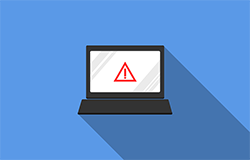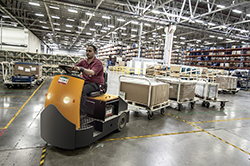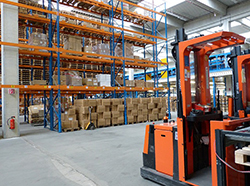 Bars, taverns, restaurants and nightclubs face unusual risks. If you own or work at one of these establishments, understand your risks and the risk management insurance you need.
Bars, taverns, restaurants and nightclubs face unusual risks. If you own or work at one of these establishments, understand your risks and the risk management insurance you need.
Potential Risks for Bars, Taverns, Restaurants and Nightclubs
While every business is slightly different, there are common risks bars, taverns, restaurants and nightclubs face. They include:
- Liability if guests or employees fall, slip or are injured
- Liquor Liability if a guest drinks too much and causes an accident or other liability
- Food Contamination
- Fire Hazards
- Increased Pollution Liability Regulations
- Theft
- Assault and Battery
Why Purchase Risk Management Insurance?
Because the risks are high for your bar, tavern, restaurant or nightclub, you need insurance. It covers any injuries, illnesses or liabilities that occur on your property. It also protects your personal assets if you are sued.
How to Purchase Risk Management for Bars, Taverns, Restaurants and Nightclubs
Contact your insurance agent for information on purchasing insurance for your establishment. Qualified businesses include:
- Neighborhood bars, pubs and taverns
- Restaurants with high-percentage alcohol sales
- Craft brewpubs
- Sports bars
- Nightclubs and discotheques
- Wine bars
- Cocktail lounges
- Comedy clubs
- Fraternal Organizations
To ensure you get adequate coverage for your needs, discuss details about your specific establishment with your insurance agent. Factors like how long your employees have worked in the industry and the types of guests you serve can affect the type of insurance you purchase and your insurance premiums.
Ways to Decrease Your Risks
To reduce your risks, protect your staff and patrons, and potentially lower your insurance premiums, follow a few steps.
-
- Enroll managers, servers, door hosts, bouncers and all employees in regular training courses that help them learn techniques that reduce risks. Potential trainings address legal responsibilities when serving alcohol, how to recognize and prevent intoxication and food safety.
-
- Hire experienced staff. Experienced staff are less likely to engage in risky behavior and some insurance companies give lower rates to establishments with staff who have over three years of experience.
-
- Card everyone. This step ensures you don’t serve any minors.
-
- Limit free drink giveaways so you don’t encourage intoxication.
-
- Establish protocols for handling inebriated guests. Your employees should know to call a cab or take other protocols if someone has had drank too much.
-
- Be vigilant about reducing risks. Keep the floor clean, follow safe food guidelines, make repairs right away, ensure there’s adequate outdoor lighting and take other steps to reduce risks around your establishment.
When you understand risk management for bars, taverns, restaurants and nightclubs, you can take the necessary steps to protect your employees and patrons. Talk to your insurance agent for more ideas on managing and reducing your risks.














